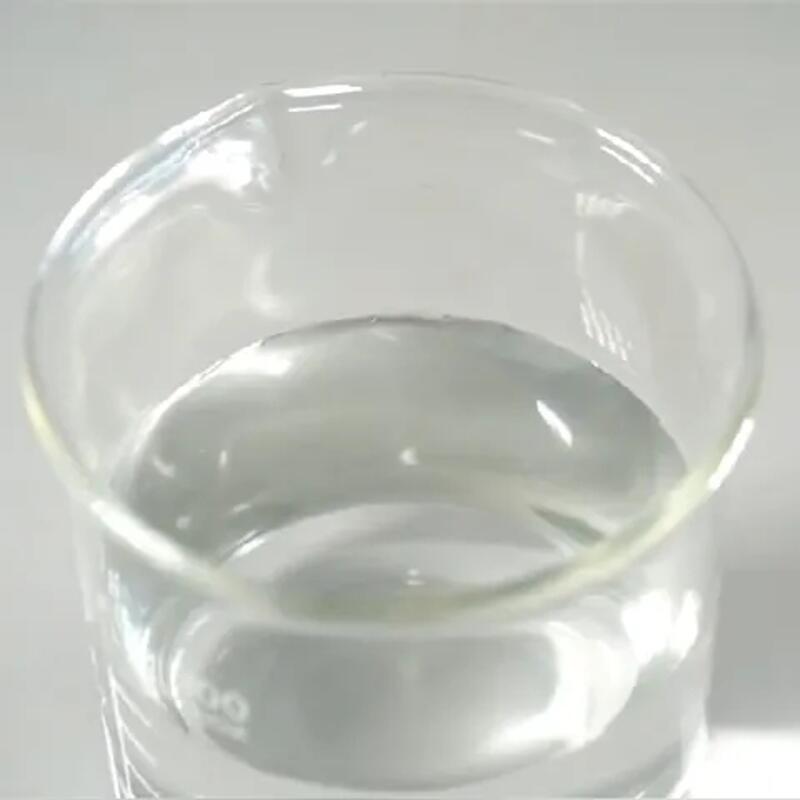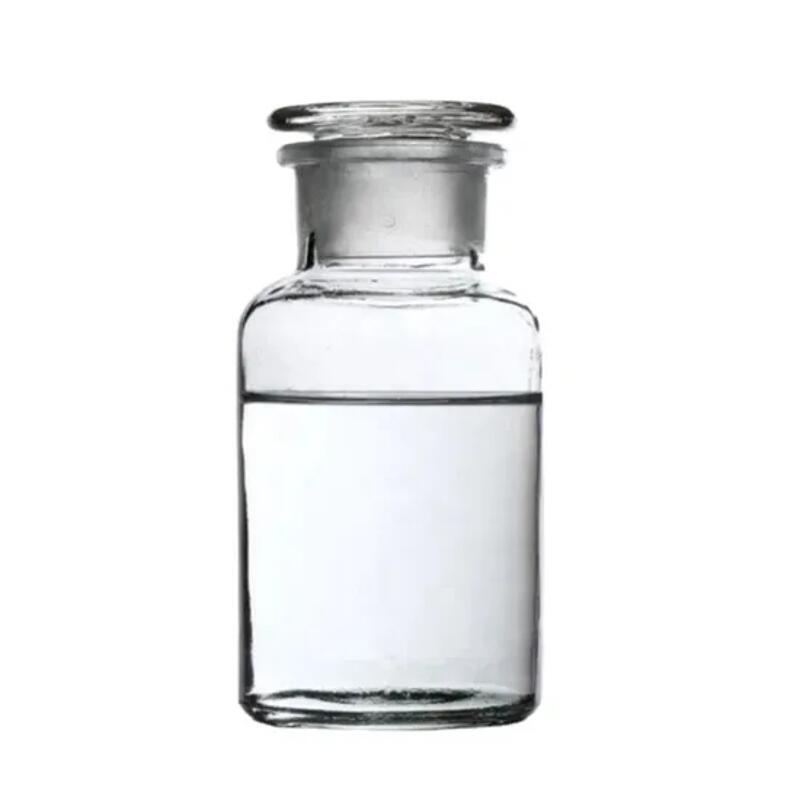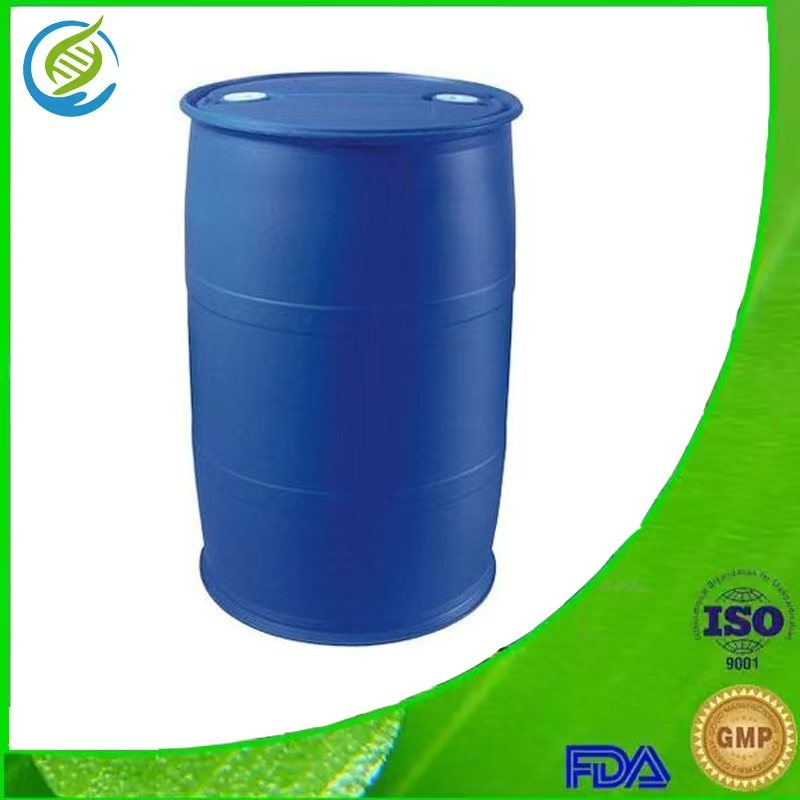One case of partial rupture of the reinforced trachea duct during the full-hemp awakening of the reclining operation
-
Last Update: 2020-06-22
-
Source: Internet
-
Author: User
Search more information of high quality chemicals, good prices and reliable suppliers, visit
www.echemi.com
The patient, male, 58 years old, due to lumbar disc protrusion in the full hemp downstream lumbar vertebral later disc disc core routine removalHe was physically fit and had no history of alcoholismAnaesthetic induction is smooth, the laryngoscope under the mirror is placed id7.5mm reinforced trachea catheter, the catheter depth of 22 cm, fixed with a plastic cloth, mechanical ventilation, static-absorption joint anesthesia maintenanceinduced after completion, the patient was placed in a reclining position in collaboration with a spinal surgeon and ananesthesia physicianBecause of the long operation time, worried about the patient's mouth and gums and other parts of the bruising bleeding, did not give the patient to place the dental pad, but a gauze bandage fixed to the trachea catheter and the tooth junction and fixed to the patient's pillow, to prevent the trachea catheter due to increased reclining secretions and out of the mouththe operation was smooth, during which there was no obvious physical movement and autonomous breathingIn the process of changing position, the patient suddenly appears severe cough restlessness, immediately adjusts the ventilator mode to self-breathing, gives a small amount of sedative drugs to control restlessnessAfter the patient calmed down, the observation of ventilator parameters showed moisture volume of less than 100ml, check the interface of the lines did not see significant abnormalities, told the patient to take deep breathing, hearing double lung breathing sound symmetry is uniform, chest balance is good, but the catheter did not see the end of the exhalation white mistanesthesiologist suspected that the catheter in the mouth pressure deformation or due to restlessness out of the trachea, immediately suction sputum, sputum tube placed in the tooth level blocked, check the catheter, found that the trachea catheter and teeth at the junction of the break, less than one-fifth of the connection, immediately manually the catheter, the ventilator parameters show moisture volume of 450ml, during which there is no significant reduction in blood oxygen saturationAs the patient's consciousness is restored, the call-opening eye can understand the instructions, and then give the patient a tubeThe trachea catheter is removed immediately after the sputum, coughing and deep breathing, and then checking the removed trachea duct, other parts do not appear significantly broken and the length is completediscussionfor the management of theof hypothere surgery, there are various ways currently reported, such as intubation-type larynx, bendable larynx, ProSeal larynx, etc., but the most widely used inclinicalis still enhanced trachea cathetersStrengthened tracheal catheterbey due to anti-deformation ability and good elasticity, in some special positions (reclining position, folding knife position, etc.) become the first choice forclinicalanesthesia, and the reinforced trachea catheter than ordinary trachea catheter can reduce the incidence of postoperative sore throat and the incidence of cough when pulling the tubeHowever, if the patient during the awakening of swallowing, spitting tube and other actions, the tongue repeatedly squeeze the trachea catheter will make its front wall deformation, and can not be restoredSqueeze is even more so if the patient is frequently restless during the conortation catheterSuch scenarios occur mostly in patients with long-term tubes in intensive care units, and this is indeed one of the disadvantages of the strengthened trachea catheterusually, in order to prevent patients from waking up restless bite tube, after the mouth intubation often choose to place dental pads, consider this case of patients for the reclining surgery, and the operation time is longer, surgery may appear lips, gums are bruised, jaw cleavage and other nursing accidents, so no dental pads are placedOf course, in the vast majority of cases there have been no surprisesBut if the patient bites the catheter during surgery or during awakening, and the far end is dropped into the main airway or even the far end bronchial tube, the consequences are unimaginablePostoperative tracheal catheter breaks are extremely rare, especially in reinforced trachea ductsIn this case, patients do not exclude the quality of trachea catheters, there may be small creases in itself can not be detected in advanceconsidered through this catheter residual sorage for patients during resuscitation due to pain stimulation or tracheal catheter stimulation and other stress responses caused by repeated teeth bite fractureTherefore, for patients with high ASA grade, retention catheter, large amount of rehydration during surgery and more severe surgical pain, the postoperative analgesia should be actively carried out to reduce the incidence of irritable biting tubesIn addition, the-wake catheter stimulation and duct removal reaction can beprevented by means of continuous infusion of Lidocain in the airway, application of Lidocain cream applied to the front of the trachea duct, change of position when pulling the tube, etc The gauze bandage roll acts as a dental pad when used in clinical work, but has not been reported in the relevant literature The gauze used for encapsulation after surgery is rolled into columns, slightly larger in diameter than the diameter of the trachea catheter, and the gauze is fixed together with the trachea catheter after insertion to the patient's head Because the gauze roll is soft and malleable, it can prevent the patient from breaking during waking, but also prevent the patient from missing the lip when he is lying down, and it is worth promoting and applying to the application in daily work Although the incidence of strengthened trachea catheter rupture is low, but as an anesthesiologist, can not have a lucky mentality, to prevent the occurrence of problems before, to ensure the safety of patients
This article is an English version of an article which is originally in the Chinese language on echemi.com and is provided for information purposes only.
This website makes no representation or warranty of any kind, either expressed or implied, as to the accuracy, completeness ownership or reliability of
the article or any translations thereof. If you have any concerns or complaints relating to the article, please send an email, providing a detailed
description of the concern or complaint, to
service@echemi.com. A staff member will contact you within 5 working days. Once verified, infringing content
will be removed immediately.







